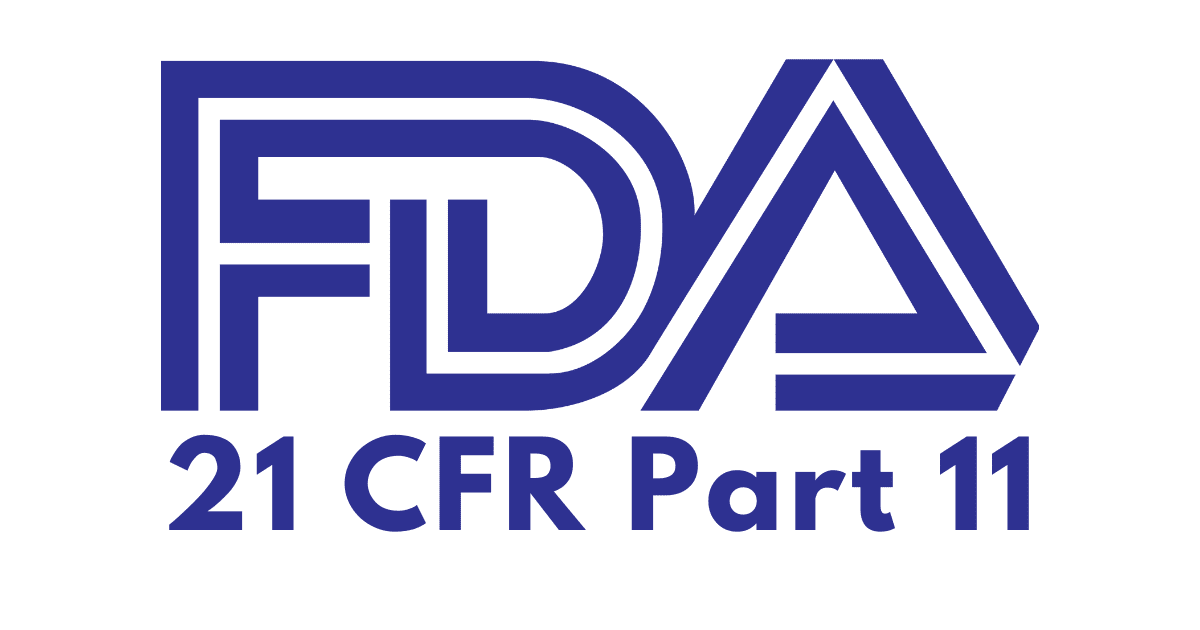Artificial Intelligence (AI) is transforming various industries, including pharmaceuticals. One notable application is in SEA Vision's line clearance solutions, which leverage these technologies to enhance efficiency, accuracy, and compliance with regulatory standards such as 21 CFR Part 11 and Annex 11 GAMP 5.
Understanding Artificial Intelligence
Artificial Intelligence refers to the simulation of human intelligence in machines that are programmed to think and learn. AI systems can perform tasks that typically require human intelligence, such as visual perception, speech recognition, decision-making, and language translation
The Importance of Line Clearance in Pharmaceuticals
Line clearance is a critical process in pharmaceutical manufacturing. It involves ensuring that all materials from a previous production run are removed from the production line before starting a new batch. This process is vital to prevent cross-contamination, ensure product integrity, and comply with regulatory standards.

Traditional line clearance methods are often manual, time-consuming, and prone to human error. These inefficiencies can lead to costly production delays, product recalls, and regulatory non-compliance.
SEA Vision's AI-Powered Line Clearance Solutions
We have developed an innovative line clearance solution powered by AI and ML. This solution, known as a-eye clearance, combines advanced software and hardware components to streamline and automate the line clearance process.

Key Features of a-eye Clearance
- AI Algorithms: The core of SEA Vision's line clearance solution is its AI algorithms. These algorithms are designed to automate the line clearance procedures, reducing the need for manual intervention and minimizing the risk of errors
- Real-Time Anomaly Detection: The system uses cameras, sensors, and scanners to monitor the production line in real-time. AI algorithms analyze the data from these devices to detect anomalies and ensure that all materials from the previous batch are removed
- Digital Evidence and Reporting: The solution generates automated reports with digital evidence of the line clearance process. This feature not only enhances compliance with regulatory standards but also provides valuable insights into the efficiency of the production line
- Improved Operational Efficiency: By automating the line clearance process, SEA Vision's solution significantly reduces the time required for changeovers. This improvement boosts the overall equipment effectiveness (OEE) of the production line, leading to increased productivity and reduced downtime
- Adaptability and Scalability: The system is designed to be adaptable to various production environments and scalable to meet the needs of different pharmaceutical manufacturers. This flexibility ensures that the solution can be tailored to specific customer requirements
Compliance with 21 CFR Part 11 and Annex 11 GAMP 5
Ensuring compliance with regulatory standards is crucial for pharmaceutical manufacturers. SEA Vision's line clearance solutions are designed to meet the stringent requirements of 21 CFR Part 11 and Annex 11 GAMP 5.
21 CFR Part 11 Compliance

21 CFR Part 11 is a regulation established by the U.S. Food and Drug Administration (FDA) that sets forth the criteria under which electronic records and electronic signatures are considered trustworthy, reliable, and equivalent to paper records and handwritten signatures.
Key requirements include:
- Validation: Systems must be validated to ensure accuracy, reliability, and consistent intended performance
- Audit Trails: Secure, computer-generated, time-stamped audit trails must be implemented to record the date and time of operator entries and actions that create, modify, or delete electronic records
- Record Retention: Electronic records must be maintained and readily available for FDA inspection
- Security Controls: Access to electronic records must be limited to authorized individuals
SEA Vision's line clearance solutions incorporate these requirements by providing robust validation protocols, comprehensive audit trails, secure data storage, and stringent access controls.
Annex 11 GAMP 5 Compliance
Annex 11 is part of the European Union's Good Manufacturing Practice (GMP) guidelines and outlines the requirements for computerized systems used in pharmaceutical manufacturing. GAMP 5 (Good Automated Manufacturing Practice) provides a framework for achieving compliance with Annex 11 by emphasizing a risk-based approach to system validation and lifecycle management
Key principles include:
- Product and Process Understanding: Ensuring that computerized systems are designed and implemented based on a thorough understanding of the product and process requirements
- Lifecycle Approach: Adopting a lifecycle approach to system validation, from initial concept through to retirement
- Risk Management: Implementing science-based quality risk management to identify and mitigate potential risks associated with computerized systems
- Supplier Involvement: Leveraging supplier expertise and involvement throughout the system lifecycle to ensure quality and compliance
SEA Vision's line clearance solutions align with these principles by incorporating a comprehensive validation lifecycle, risk management strategies, and close collaboration with suppliers to ensure that the systems meet the highest standards of quality and compliance.
Benefits of AI and ML in Line Clearance
The integration of AI and ML into line clearance processes offers several benefits:
- Enhanced Accuracy: AI algorithms can analyze vast amounts of data with high precision, reducing the likelihood of errors and ensuring that the line clearance process is thorough and accurate
- Increased Speed: Automation of the line clearance process significantly reduces the time required for changeovers, leading to faster production cycles and improved operational efficiency
- Regulatory Compliance: The ability to generate digital evidence and automated reports ensures that the line clearance process complies with regulatory standards, reducing the risk of non-compliance and associated penalties
- Cost Savings: By minimizing errors, reducing downtime, and improving operational efficiency, AI-powered line clearance solutions can lead to significant cost savings for pharmaceutical manufacturers
Conclusion
The application of AI and ML in SEA Vision's line clearance solutions represents a significant advancement in pharmaceutical manufacturing. By automating and streamlining the line clearance process, these technologies enhance accuracy, speed, and compliance, leading to improved operational efficiency and cost savings. Ensuring compliance with 21 CFR Part 11 and Annex 11 GAMP 5 further underscores the reliability and regulatory adherence of these solutions. As AI and ML continue to evolve, their impact on the pharmaceutical industry is likely to grow, driving further innovations and improvements in manufacturing processes.
.png?width=80&height=80&name=Annalisa%20Talk%20AeyeClearance%20(1).png)
.png?width=200&height=200&name=Annalisa%20Talk%20AeyeClearance%20(1).png)


%20(1920%20x%201080%20px)%20(1).png?width=550&height=395&name=Blog%20Banner%20(1980%20x%20350%20px)%20(1920%20x%201080%20px)%20(1).png)